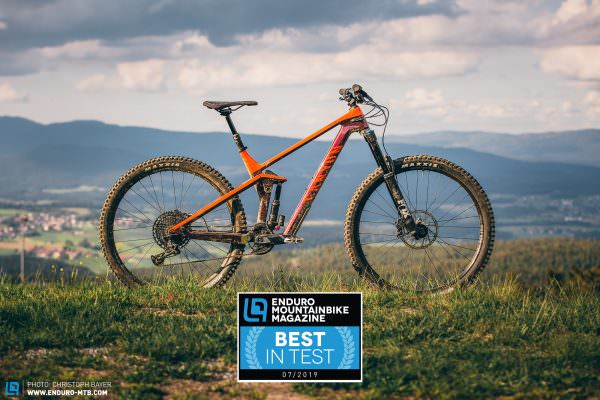If you live for the descents but like to get to the trailhead under your own steam, you need an Enduro bike. But how much does a good Enduro rig cost and what do you have to pay attention to before buying? We reviewed eight affordable bikes and learnt a lot in the process.
Our readers often ask us “When are you finally going to compare affordable bikes?” with the publication of our high-end Enduro bike group test at the beginning of the year. So, after reviewing 11 Trail bikes for € 3,000 in the last issue of ENDURO, we now have 8 Enduro bikes under € 4,000.
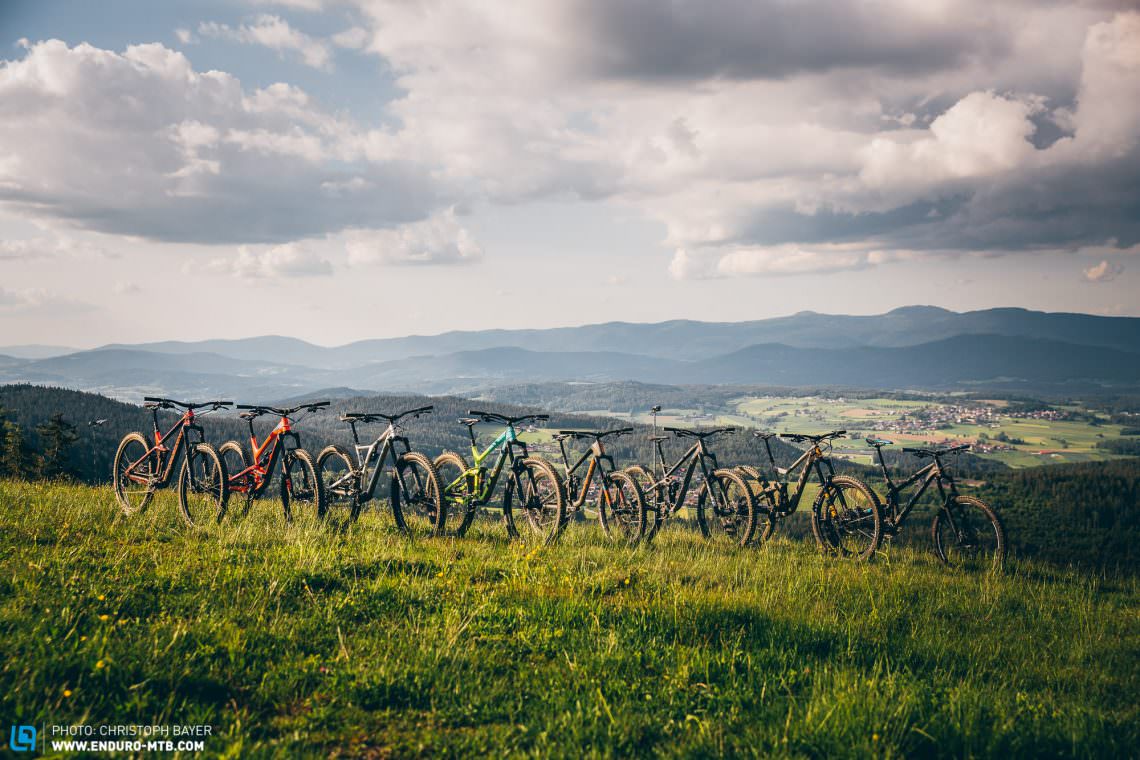
The Enduro bikes in this group test
For this group test, we wanted to compare the best affordable options for an Enduro bike. We deliberately kept the test field diverse, with everything from the Propain Spindrift with its plush 180 mm travel and 27.5″ wheels to the Specialized Stumpjumper Evo, which is more of a Trail than an Enduro bike in terms of travel. We weren’t only out to find a test winner, but above all, we wanted to learn from the process and create a buyers guide by explaining what you should look out for when buying an Enduro bike.
| Bike | Price | Weight | Travel (f/r) | Wheel size |
|---|---|---|---|---|
| Canyon Strive CF 5.0 | € 2,999 | 15.26 kg | 160/150 mm | 29″ |
| FOCUS SAM 8.9 | € 3,999 | 14.92 kg | 170/170 mm | 27,5″ |
| Propain Spindrift Performance | € 3,185 | 15.40 kg | 180/180 mm | 27,5″ |
| RADON Swoop 9.0 | € 2,999 | 14.50 kg | 170/170 mm | 29″ |
| SCOTT Ransom 920 | € 3,799 | 15.04 kg | 170/170 mm | 29″ |
| Specialized Stumpjumper EVO Comp Alloy 29 | € 3,499 | 15.22 kg | 150/140 mm | 29″ |
| Trek Slash 8 | € 2,999 | 14.18 kg | 160/150 mm | 29″ |
| YT Capra 29 AL Comp | € 2,999 | 15.48 kg | 160/160 mm | 29″ |
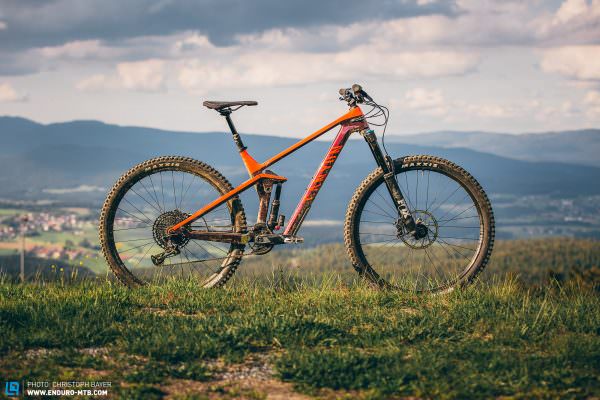
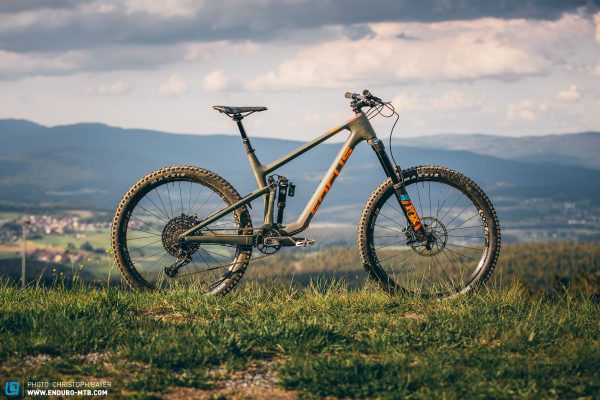


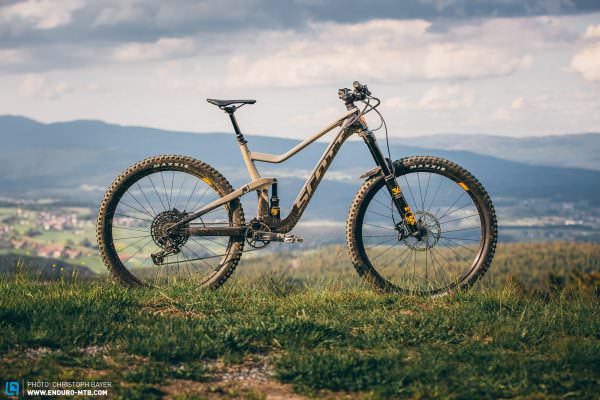
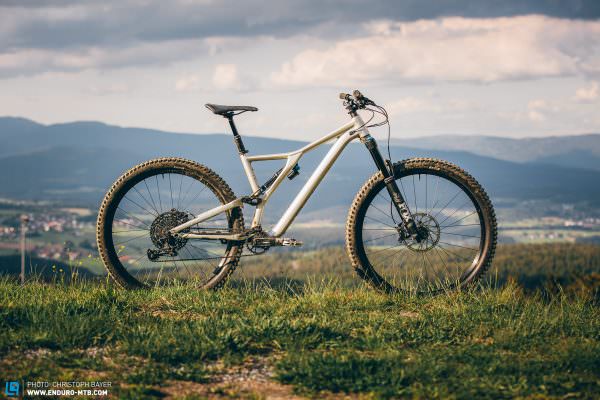

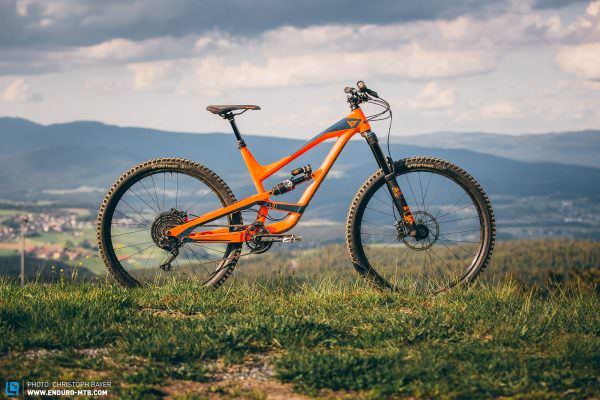
€ 4,000 – since when is that much money considered affordable for a bike?
Admittedly, we weren’t too surprised when we looked at the prices of the bikes in this test – on average they cost € 3,309. The most affordable options are the Canyon Strive CF 5.0, the RADON SWOOP 9.0, the Trek Slash 8 and the YT CAPRA 29 AL Comp going for € 2,999 each. The most expensive bikes are the € 3,999 FOCUS SAM 8.9 and the € 3,799 SCOTT Ransom 920.
You will undoubtedly find lower priced bikes on the market, but unless you’re willing to accept major compromises in performance, the options are very limited. Some brands didn’t want to give us their entry-level bikes for testing, and others couldn’t deliver in time.
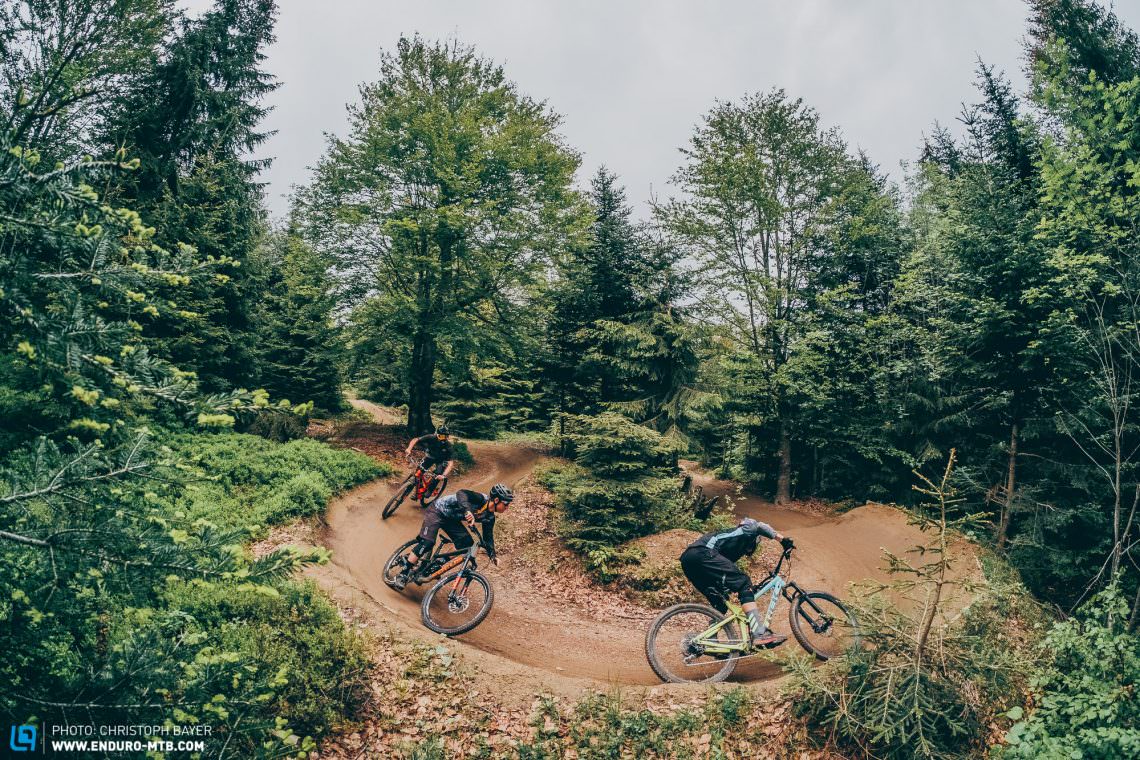
Why aren’t COMMENCAL, Bird or Nukeproof included in the test field?
We invited all three brands to take part in this group test. COMMENCAL wasn’t interested and, unfortunately, Bird and Nukeproof couldn’t deliver a test bike on time.
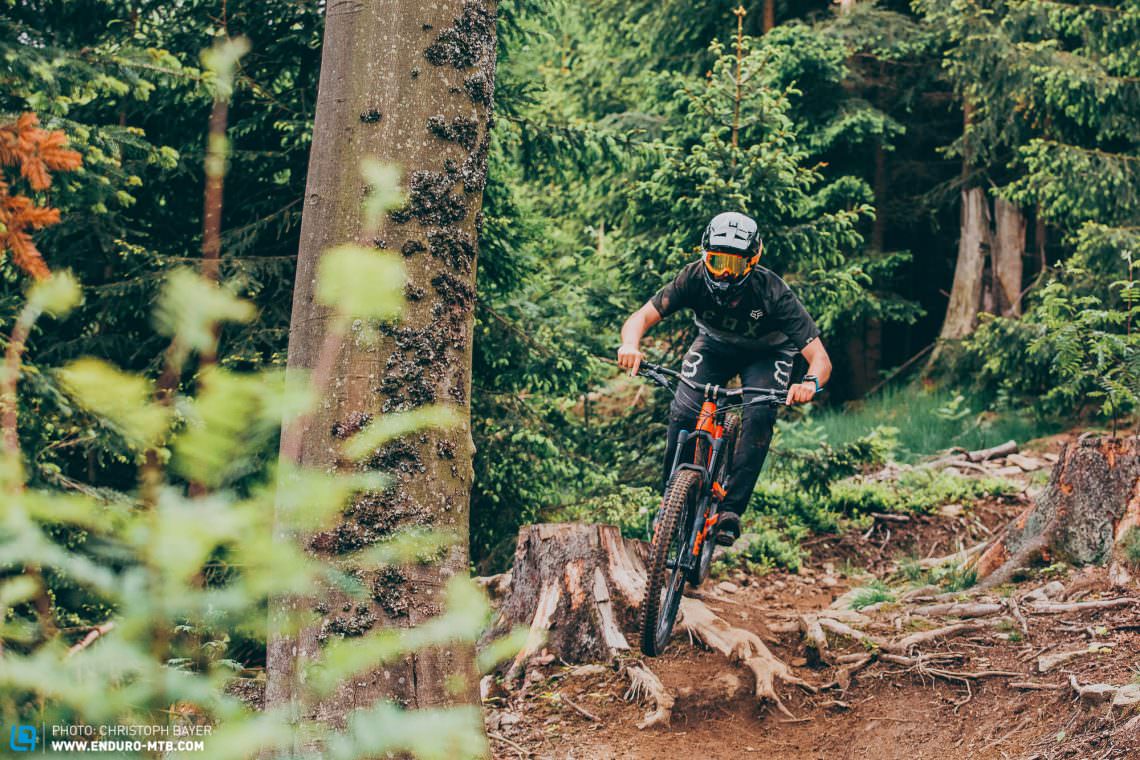
What to look out for on an affordable Enduro bike
Before we go into more detail about the individual bikes, it’s good to consider what’s important on an Enduro bike in general. The press release of every modern Enduro bike contains the same phrase: it’s lower, longer, slacker, more efficient, and lighter. However, despite the spec being similar, all the bikes differ significantly in their handling. So, what should you pay attention to?
Consider where and why you ride
Do you want to compete in an Enduro race, do you spend most of your time riding manicured bike park tracks, or do you just want an all-rounder? Some of the bikes in this test field confine themselves to a niche and specific type of riding, while others are super versatile. Some bikes are very composed, like the YT CAPRA 29 AL Comp, which requires a lot of rider input in tight sections. Or there are bikes that are agile but quickly become nervous at higher speeds, like the FOCUS SAM 8.9. So, before you read the bikes’ individual reviews, think carefully about what it is you want. Do you prefer manualling out of berms and popping off every lip and ledge, or do you like steamrolling through the gnarliest rock gardens? Where do you ride, how steep is the terrain and how important is climbing capability?
Suspension is essential
With the announcement of every new bike, you’ll see the forum nerds discuss the geometry. However, what you rarely read about is the performance of the rear suspension. After all, suspension kinematics aren’t all that easy to understand just by reading a sheet of paper. However, the rear suspension design often has the greatest influence on a bike’s handling. If it wallows, the bike feels sluggish and lifeless, if it doesn’t respond sensitively enough, it feels nervous. The perfect rear suspension is sensitive without absorbing too much of the rider’s input, offering good mid-stroke support while not being overwhelmed by fast, hard hits. This group test has proven to us that good rear suspension with only 150 mm travel can be more capable than an inefficient linkage offering 170 mm travel. In other words, it’s a bad idea to choose your next bike based solely on a number on your screen.

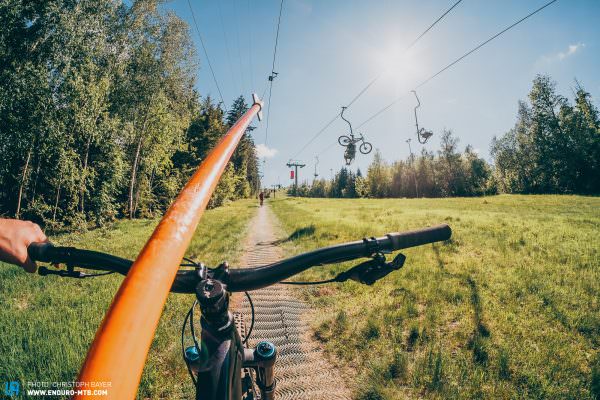
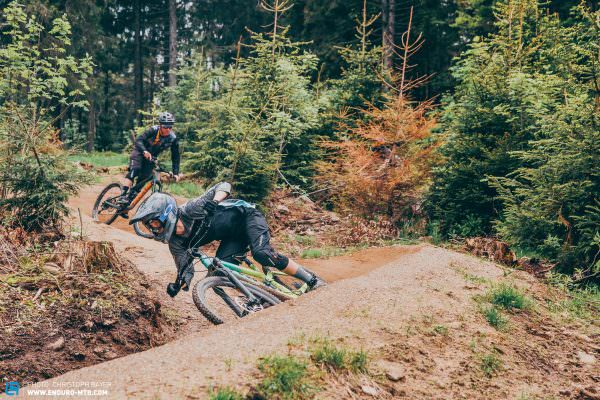
How much does a good Enduro bike weigh?
Or should we ask, how much is a good Enduro bike allowed to weigh? You’ll often find that a heavier Enduro bike is actually the better investment because weight savings on crucial components such as tires or brakes come with a big drawback in performance. Despite having the correct air pressure in our tires (1.8 / 2.0 bar), we punctured seven times during testing because of flimsy casings. If you calculate about € 50 per tire, replacements can quickly add up. We don’t recommend saving weight and sacrificing performance on components as important as the brakes either. The lightest bike in the test field, the Trek Slash (14.18 kg), and the heaviest, the YT CAPRA (15.48 kg), are separated by 1.3 kg. If you were to fit the same tires on the Trek as are on the CAPRA, the difference would only be 776 g. If you then also subtract the additional weight of the CODE brakes and the longer travel fork, the remaining difference is negligible.
Aluminium or carbon frame?
The fear that carbon fibre frames break more easily in case of a crash or are less durable than aluminium frames is unfounded. Modern carbon frames are at least as durable as their aluminium counterparts. However, lower-end bikes often use lower-end fibres, which is why carbon bikes aren’t necessarily lighter. The biggest advantage of carbon fibre is freedom in bike design. However, YT, SCOTT and Trek prove that aluminium frames can look just as stunning. Bikes with carbon fibre frames are either more expensive or not as well specced, which is why carbon doesn’t have a lot going for it when you’re shopping on a budget.
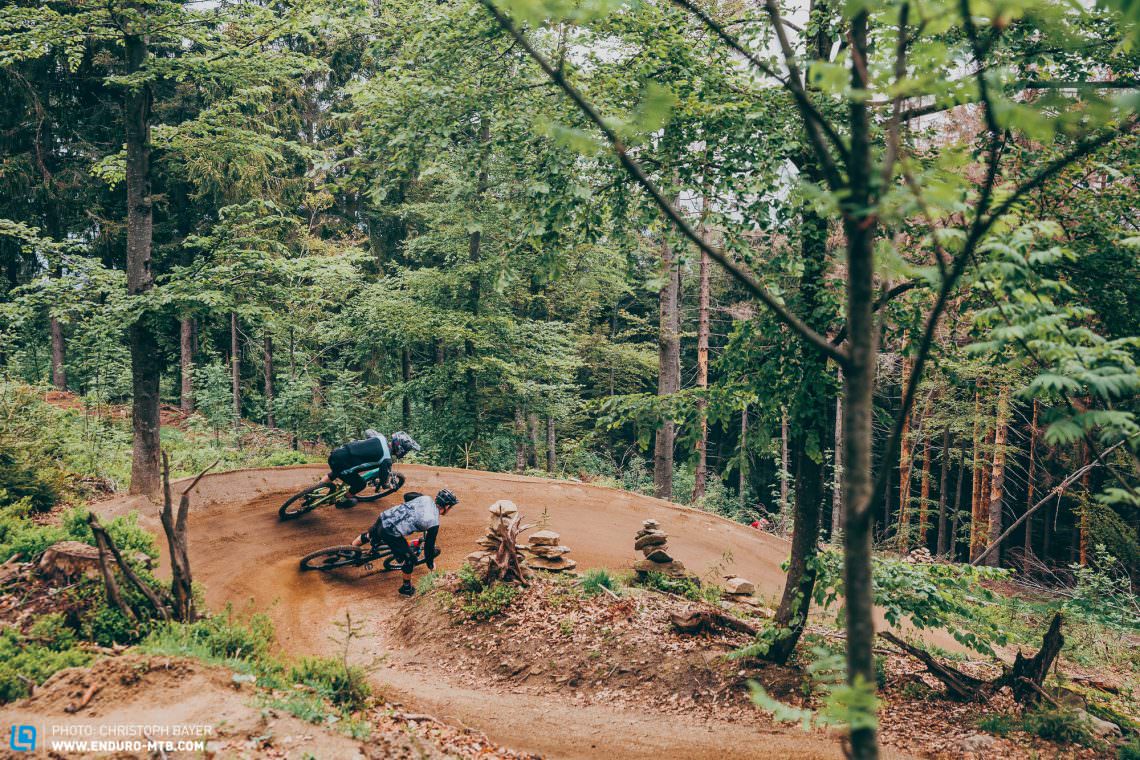
How important is the componentry spec on an Enduro bike?
When you’re shopping for a new bike, you obviously also look at what components you’re getting for your money. We encountered some glaring differences in our test field – both with suspension and brakes. For example, RADON and YT spec a Performance Elite fork with the GRIP2 damper, while FOCUS and Canyon only stretch to a FOX 36 Rhythm. Similarly, in our test we had SRAM CODE RSC brakes competing against the lower spec SRAM Guide T. Of course, there are obvious differences in the performance of the individual components, but a bike’s handling is ultimately determined by the frame. After all, you can always upgrade the components afterwards – not so much the frame. In any case, the performance of entry-level components has become so good in recent years that we would prefer a 2019 NX drivetrain to a higher-end 1×11 drivetrain from 2016. Even the supposedly budget FOX 36 Rhythm has become super capable, outperforming some three-year-old high-end forks.
Tops & Flops
Often small details can make a huge difference: seamless integration, first-class ergonomics and carefully selected parts. Easier said than done – here are some of the tops and flops from this grouptest.
Tops

The FOX 36 Performance Elite fork on the YT and RADON delivers outstanding performance. It responds sensitively with very defined damping and can be fully tuned to your own preferences. However, setting it up requires a lot of time. Our tip: use as little compression damping as possible.
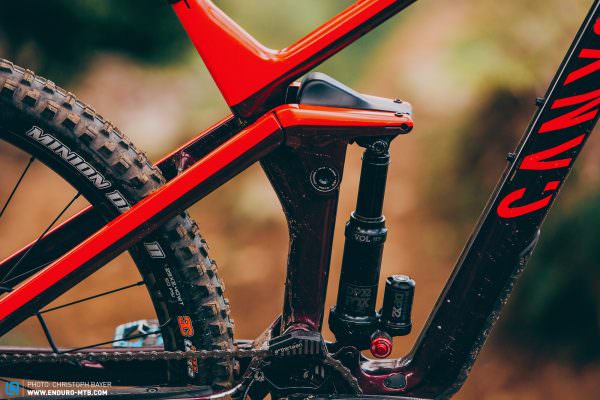
The rear suspension of the Canyon Strive responds sensitively to small hits, offering lots of mid-stroke support and plenty of progression. It provides traction without making the bike feel cumbersome – excellent!
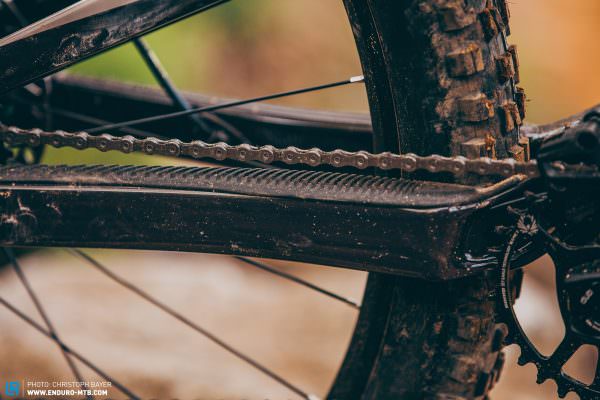
The chainstay protector on the SCOTT is sufficiently long and soft. You won’t hear any chain slap here!
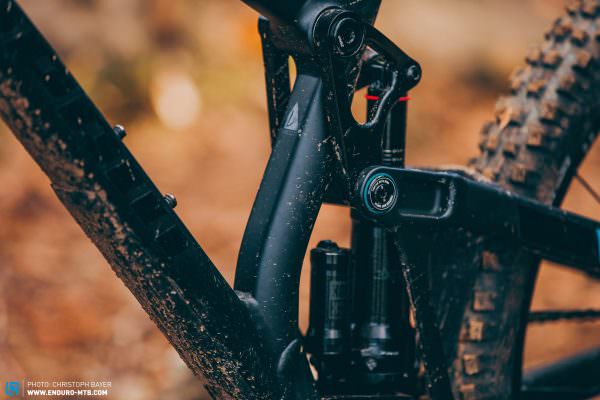
The bearings of the Propain Spindrift are covered by an additional seal to protect them from dirt and water, giving you more riding time and less time in the workshop.
Flops

The chainstay protectors on both the RADON and the Trek are clearly too short. The chain is loud and damages the paint.

Unfortunately, the SRAM Guide brakes don’t do justice to the Canyon, Trek and FOCUS. You can tease more braking power out of them with Trickstuff Power pads, but we recommend replacing them with better brakes as soon as you can.
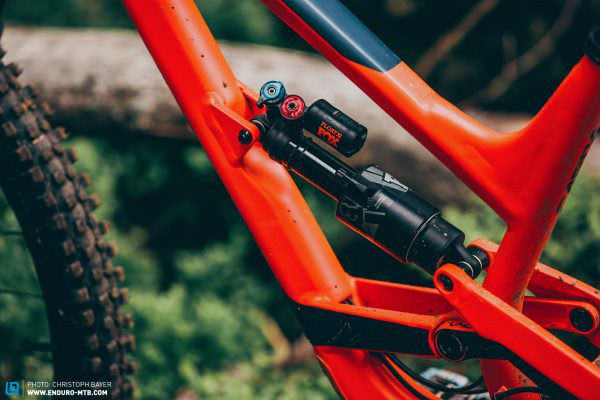
Where do you put your water bottle? Unfortunately, there is no space for a bottle cage on the CAPRA. It’s annoying, especially on short, after work rides.
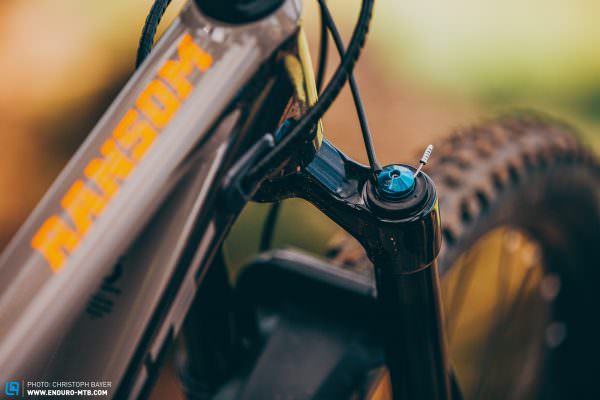
Instead of having the option to lock out the fork on the SCOTT RANSOM, we would have preferred a compression adjuster to be able to tune it and make it a little more supportive.
Where and how did we review the bikes?
Besides riding the bikes on our home trails in the foothills of the Alps, we packed the bikes up and took six of our test riders to the MTB ZONE Bike Park Geisskopf to compare them head to head on the trails. We first rode each bike on the easy Flow Country track to dial everything in and then did back-to-back test runs on the Freeride Trail. We also put the bikes to the test on Evil Eye and the downhill track. By the time we were done, we had suffered seven punctures, a broken helmet and a few scrapes but we also learned a lot.

The test team
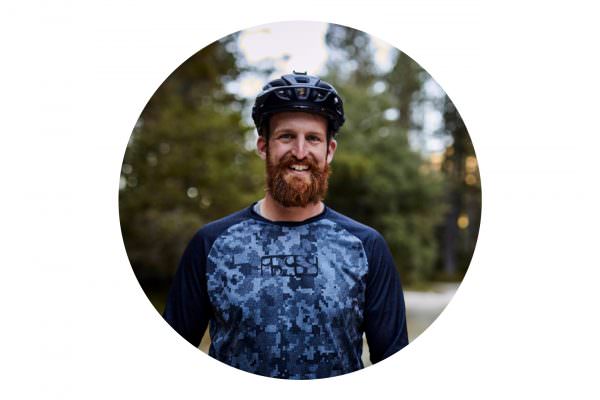
Christoph has been heading the tests at ENDURO for more than five years. As an all-rounder, he values well-balanced handling and good suspension. In his opinion, the best bike manages to combine opposing traits and performs well in every situation
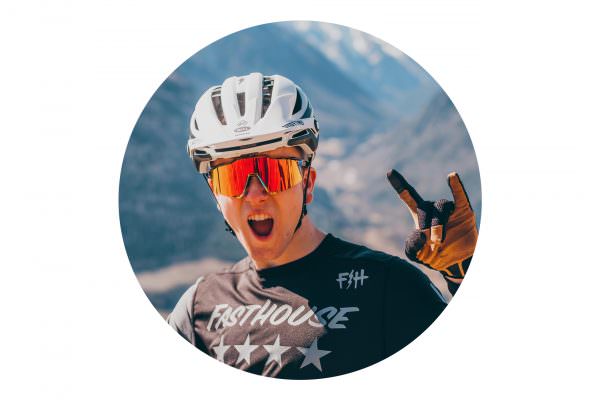
Finlay is a newcomer to the ENDURO team. He currently lives in the Tweed Valley, the Scottish trail mecca. His riding style is fast and wild. Finlay loves to race, and also loves to see if he can rip the tires off his rims in the corners. For him, agile, fun handling is important, but not at the cost of high-speed stability.
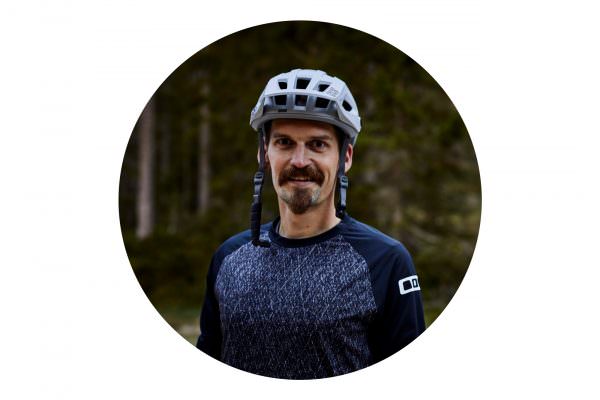
From South America to the Dolomites, Andreas has done numerous bikepacking trips and knows all about long rides. For him, ride comfort, easy handling and reliability are crucial.

As a racer, Felix is all about speed. Not only on the straights but in the corners too. The suspension has to be capable and swallow big hits but without excessively sagging under the rider’s input to make the bike as accurate as possible.

In his youth, Gregor was a professional BMX racer. Nowadays he is out to have fun and go fast. He likes efficient, agile bikes that are easy to hit big jumps with.
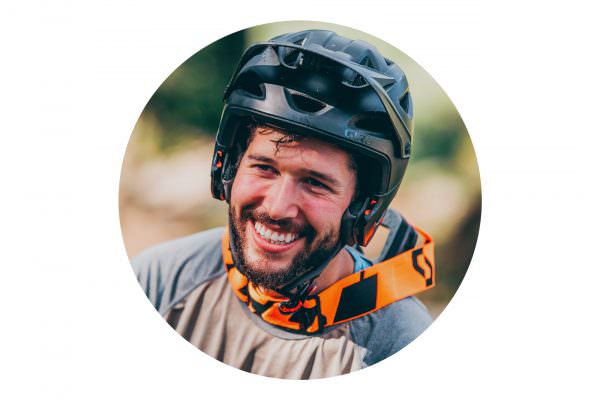
When you see him riding, you wouldn’t guess John’s only been doing it for three years. Unless he’s on his Enduro bike, you’ll regularly find him riding his downhill bike. For him, a bike has to carry good speed and offer a lot of reserves.

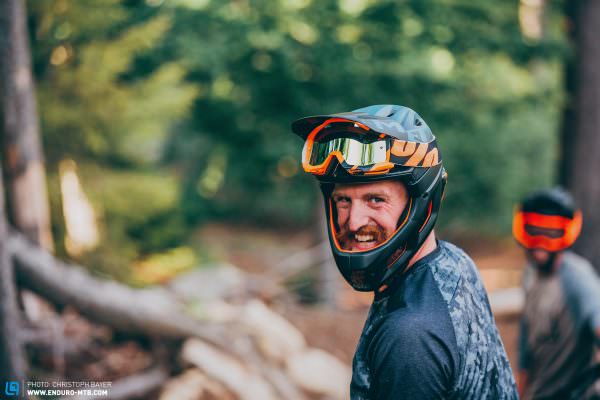
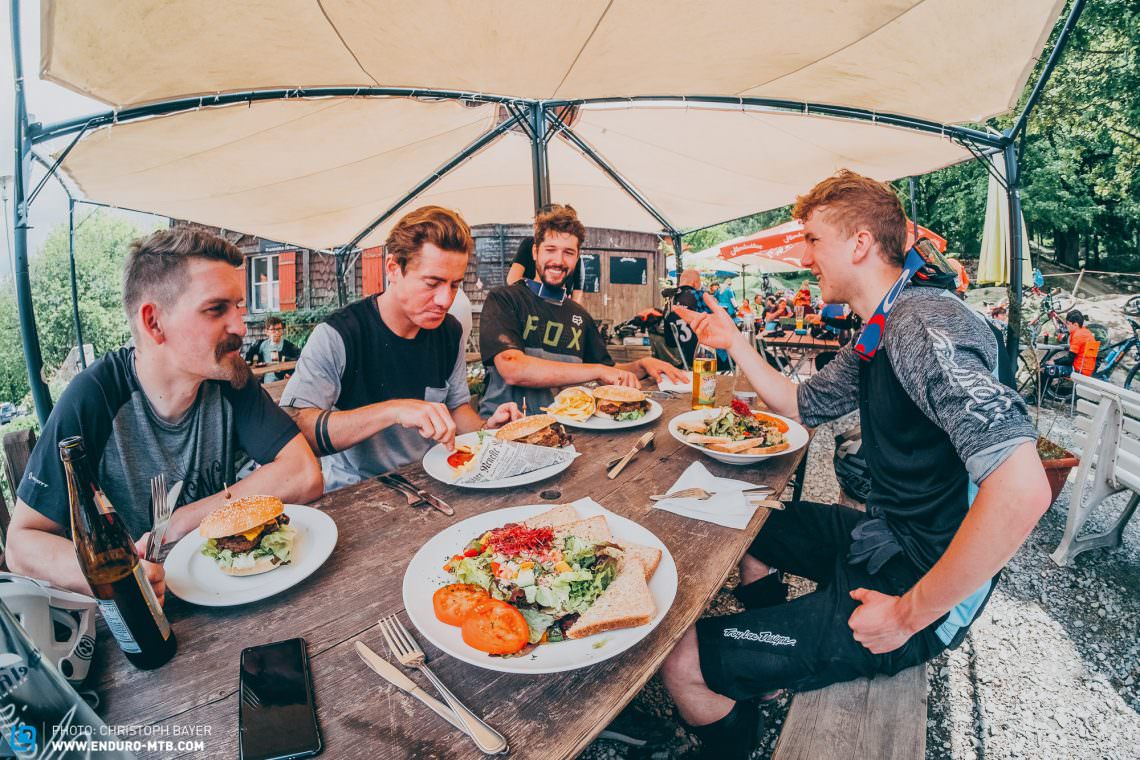
The conclusion of our group test
Besides all the fun we had on the extensive test sessions, this group test also gave us a lot of sleepless nights. When you review high-end bikes, there usually isn’t much for you to criticise in terms of spec, allowing you to concentrate on the bikes’ handling. For this group test, we had to compare very different Enduro bikes: we had perfectly specced options from RADON, Propain and YT going up against bikes with some significant weaknesses like the Trek or Canyon. At the same time, they had to compete against very expensive models like the FOCUS and the SCOTT. A points system would quickly have found a winner, but we didn’t want to make it that easy. After all, this is not about using arithmetic to declare a winner according to some rigid scheme, but to find an honest answer to these questions: Which bike would I choose and why? Which bike would I recommend to my closest friends? The answer: the Canyon Strive CF 5.0 – our Best in Test.
Why does the Strive win in spite of its bad brakes and low-end spec?
The answer is relatively simple: it’s the bike with the best handling by far. The geometry is absolutely spot on and the rear suspension is outstanding. The Canyon Strive CF 5.0 is a riot to ride on flow trails and flat sections without flinching at rougher, more demanding terrain. It strikes the perfect balance between agility and composure, both climbing and descending and it was the unanimous favourite of our testers. However, you’ll have to work a brake upgrade into your budget and since the brake hose is internally routed, only experienced tinkerers will be able to do this at home – everyone else will have to go to a bike shop.
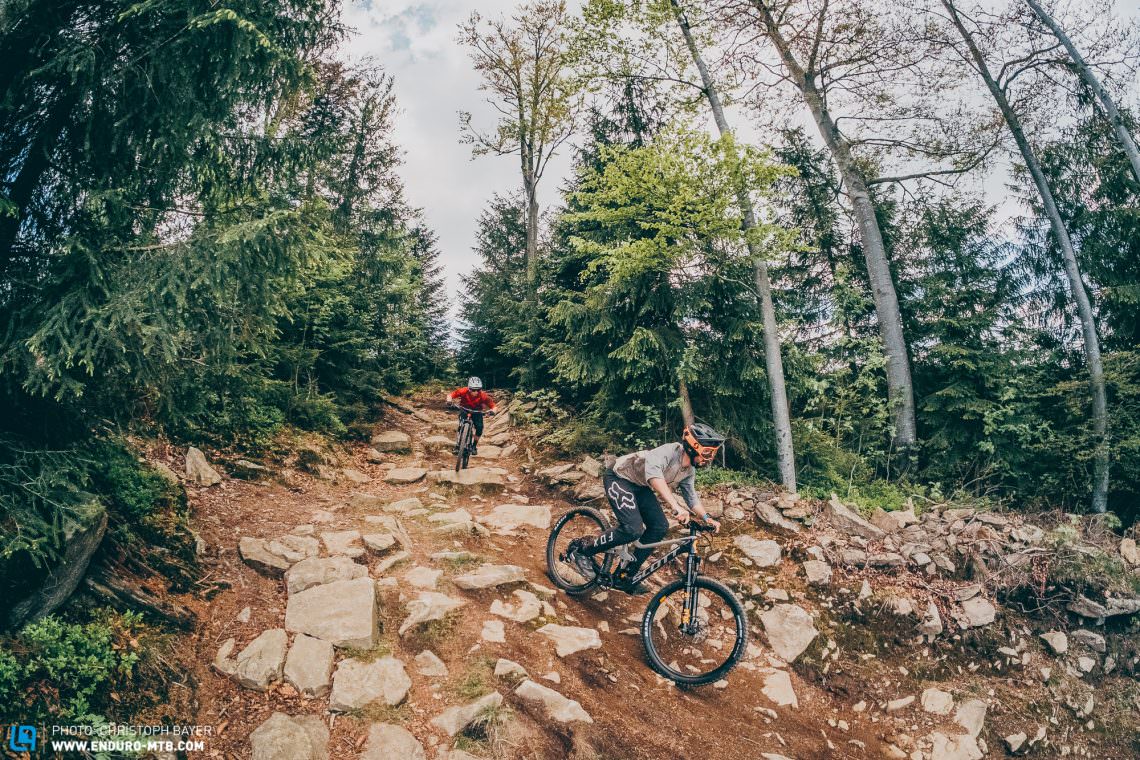
The Best Value Tip goes to the Trek Slash 8. This may seem like a strange choice at first, but just like the Canyon, the bike, which is sold through a dealer network, won us over with its excellent handling and rear suspension. It’s a bit more playful and agile than some of our other test bikes because of its compact frame, but it can still handle rougher terrain. If you decide to go for the € 2,999 bike, we recommend upgrading the brakes and tires immediately. Some shops will be willing to swap components and only charge the difference if you do it before taking the bike home. Once you’ve done that, the bike delivers an excellent package at what is still a fair price, and you’ve got a local dealer to fall back on.
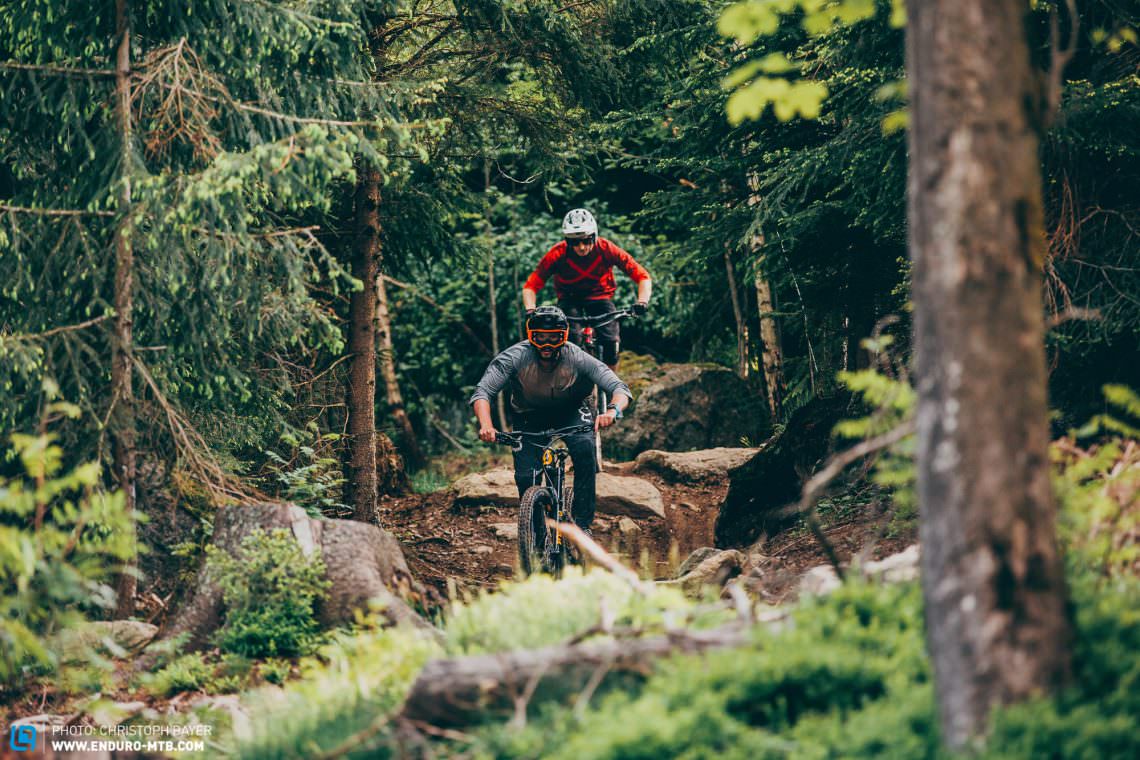
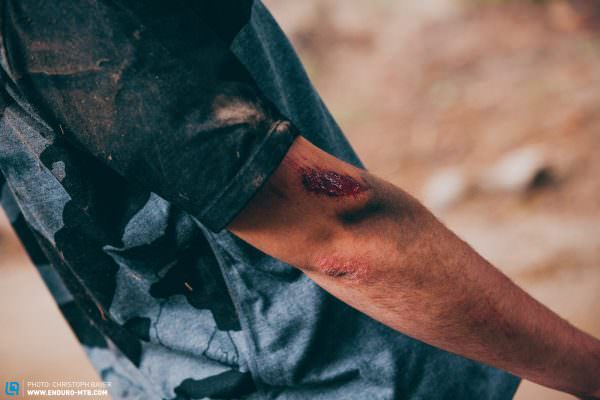

The RADON SWOOP 9.0, the Propain Spindrift and the YT CAPRA are brilliant bikes for those who won’t accept any compromises in the spec. The RADON is an excellent climber, though some of the frame details could be improved. It also demands an active riding style, just like the YT. However, neither comes close to the Canyon in terms of rear suspension performance. The suspension on the Propain is fantastic, but the front and rear weight distribution is unbalanced due to the long chainstays and like the YT, it’s a very sluggish climber. We also recommend upgrading the tires on all three of these bikes.
Though the geometry of Specialized Stumpjumper Evo is very radical, its suspension quickly reaches its limits in demanding terrain. It’s more of a Trail bike for steep terrain than a capable Enduro bike. Speaking of Trail bikes, the SCOTT Ransom also feels most at home on less demanding terrain despite its huge 170 mm travel. Its suspension is super plush, but unfortunately it doesn’t provide enough support. Due to the TwinLoc system, you also won’t find a compression adjuster on the fork. However, the Ransom is the most efficient bike in the test field and flies up the climbs. The FOCUS SAM 8.9 is very playful not only because of its small wheels but also because of its compact geometry. The rear suspension blows through its travel too quickly though (despite volume spacers) and on very rough trails, the bike lacks composure. If you like playing with the terrain, this is the bike for you.
All the bikes in test: Canyon Strive CF 5.0 | FOCUS SAM 8.9 | Propain Spindrift Performance | RADON Swoop 9.0 | SCOTT Ransom 920 | Specialized Stumpjumper EVO Comp Alloy 29 | Trek Slash 8 | YT Capra 29 AL Comp
This article is from ENDURO issue #039
ENDURO Mountainbike Magazine is published in a digital app format in both English and German. Download the app for iOS or Android to read all articles on your tablet or smartphone. 100% free!


Did you enjoy this article? If so, we would be stoked if you decide to support us with a monthly contribution. By becoming a supporter of ENDURO, you will help secure a sustainable future for high-quality mountain bike journalism. Click here to learn more.
Words & Photos:




